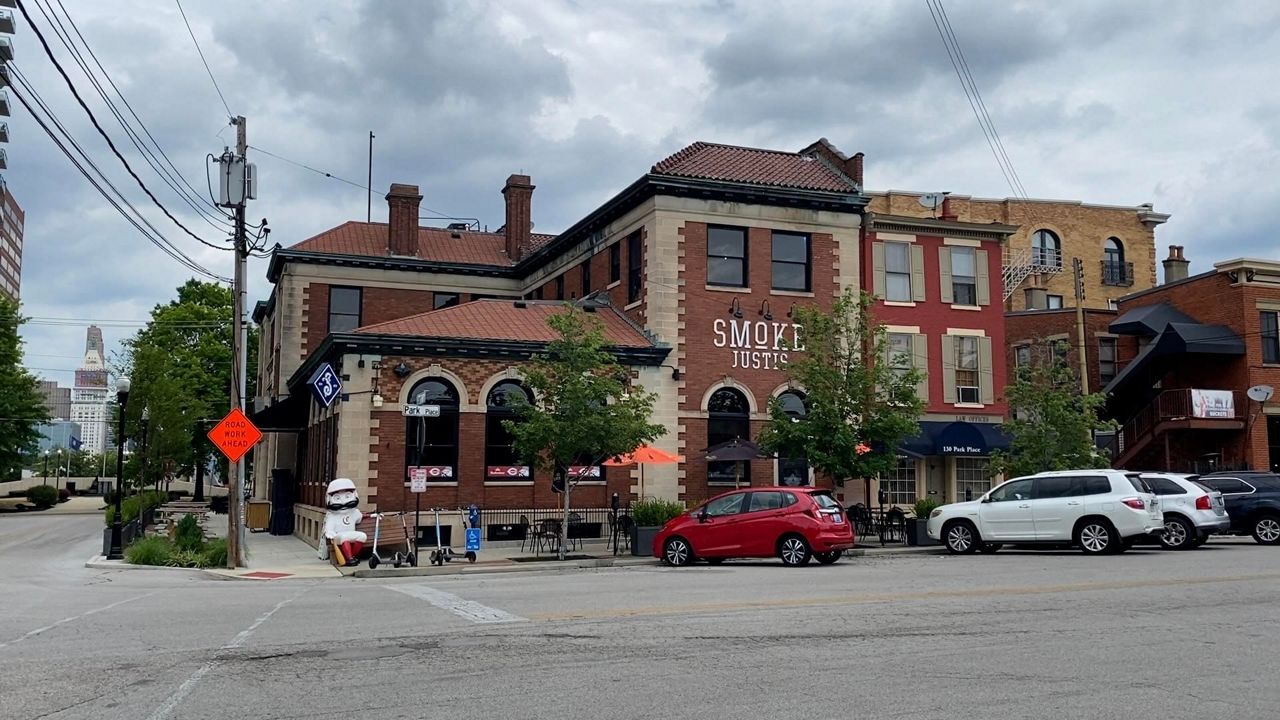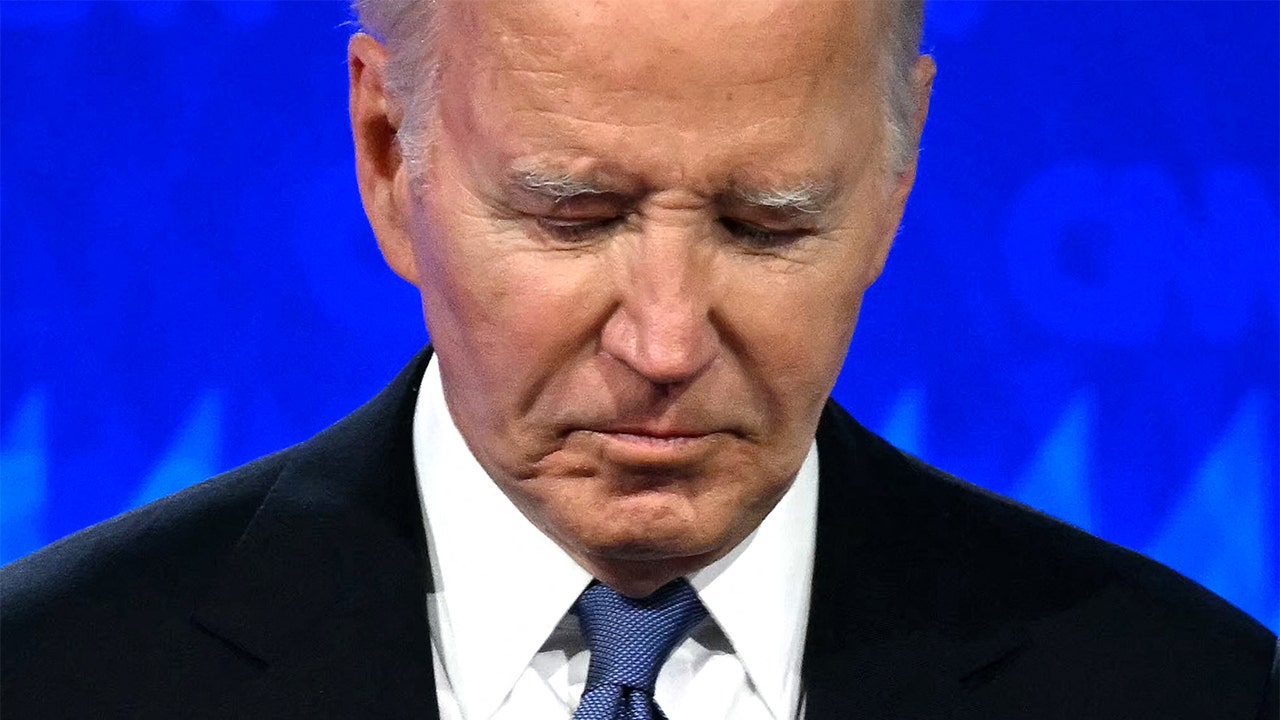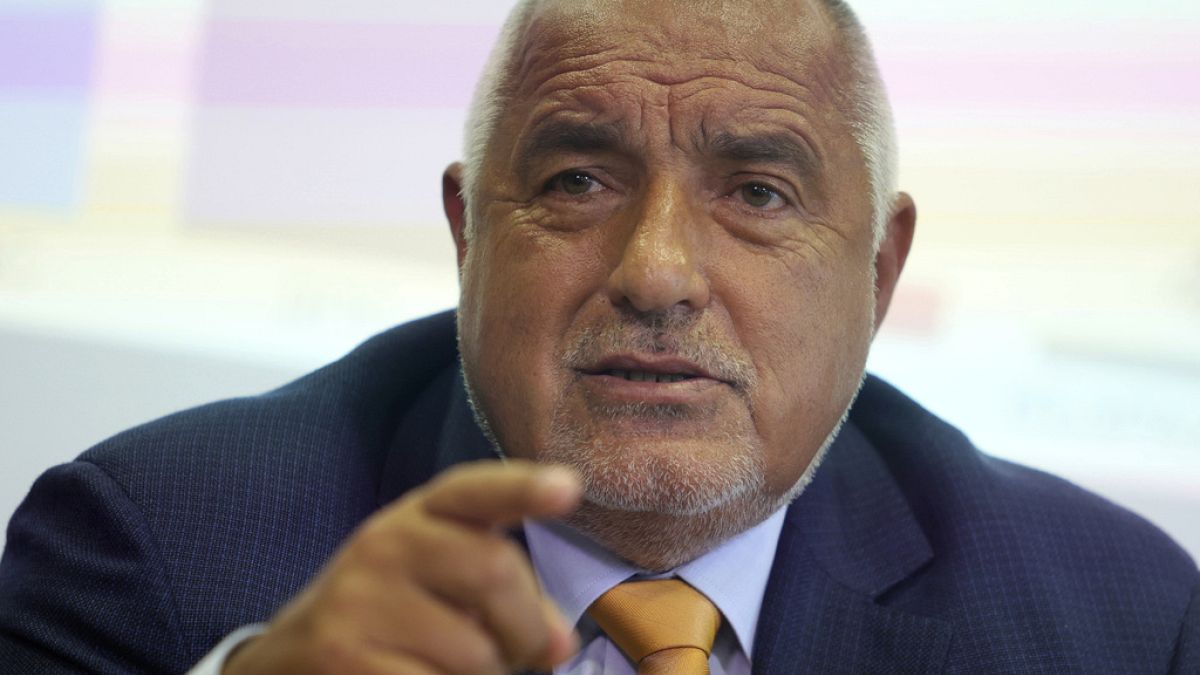Illinois
Pritzker signs $50 billion Illinois budget, faces criticism over underfunded pensions
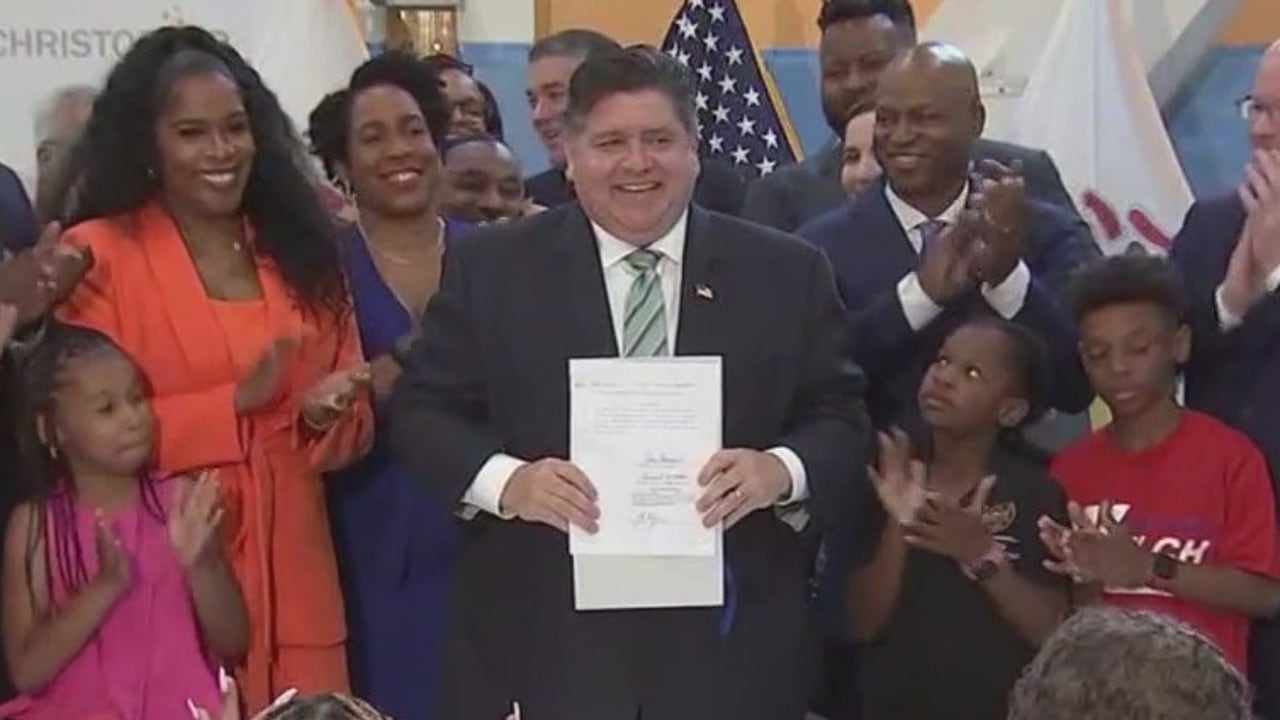
Pritzker touts early education funding in signing $50.4 billion budget
After signing it into law, Gov. J.B. Pritzker displayed the document authorizing the state of Illinois to spend $50 billion in the fiscal year that begins next month.
CHICAGO – After signing it into law, Gov. J.B. Pritzker displayed the document authorizing the state of Illinois to spend $50 billion in the fiscal year that begins next month.
Democrats say it’s balanced, though some critics complain it does not fully fund pensions for government employees.
The governor touted the multiple upgrades Illinois’s credit rating has recently received.
Senate President Don Harmon referenced cash going into the state’s rainy day fund and into pensions that are scandalously underfunded by billions of dollars.
“The budget Gov. Pritzker will sign shortly continues to pay down debt and once again includes additional pension payments. It continues our commitment to fully fund K-12 schools,” said Harmon (D-Oak Park).
SUBSCRIBE TO FOX 32 ON YOUTUBE
One political flashpoint during the general assembly’s budget negotiations involved the soaring cost of state-provided health care for undocumented people who are in Illinois in violation of federal immigration law.
Proponents claimed it would cost $2 to $3 million a year, but in the fiscal year that begins July 1, it’s expected to cost more than $500 million.
“We save money when we invest in health care for undocumented immigrants, because you know what happens if they don’t get health care, basic health care. They end up in an emergency room. And we all end up paying for that at a much higher cost than if we had preventative care, regular care for people,” Pritzker said.
There is also money for the troubled Illinois Department of Children and Family Services to hire 192 additional staff and to improve facilities.
The agency’s been hit by judges with multiple orders finding it in contempt of court for allegedly failing to deliver basic services in a timely fashion.

Illinois
How Google AI Hopes to Improve Youth Support in Illinois

At the start of 2024, Illinois announced it would be partnering with Google Public Sector to use cloud computing and advanced artificial intelligence to create a centralized portal that overcomes silos to help agencies get children into behavioral and mental health services.
A phased rollout is set to begin by the end of July, initially granting access to a select group of users. With promising progress, the portal could be available to parents by the end of the year.
Development of the tool is a direct response to Illinois Gov. J.B. Pritzker’s Children’s Behavioral Health Transformation Initiative, established to address the alarming rise in youth mental health challenges in the state. According to the National Alliance on Mental Illness, 61.8 percent of Illinoisans aged 12 to 17 who have depression did not receive any care in 2021. Meanwhile, 7 in 10 youth in the juvenile justice system had a mental health condition.
“Youth mental health problems were on the rise prior to the pandemic, but they were exacerbated by the isolation and stress and uncertainty of the pandemic and compounded by a workforce shortage that reduced our capacity to meet the needs of these young people,” said Director of Children’s Behavioral Health Transformation Dana Weiner.
Weiner added that the fragmented nature of the state’s resources could create further roadblocks.
“We’ve had in the past a somewhat siloed system where we have six state agencies that all offer programs and services to young people with mental and behavioral health needs, but they don’t tend to work together. That created a big set of problems for the families who are seeking to find mental health resources for their kids,” she said.
The new BEACON portal aims to resolve this by consolidating information and services across agencies, including the departments of Human Services, Healthcare and Family Services, Children and Family Services, Juvenile Justice, Public Health and the Illinois State Board of Education.
Prior to developing BEACON, initiative leaders worked with a group of representatives from each of the child-serving agencies to work on expediting placements and services for the kids with the most complex needs. This ongoing effort, launched in 2022, has already tackled roughly 400 cases.
“We learned a lot by working together on those cases, to understand what the barriers were that we need to overcome,” Weiner said, adding that the BEACON tool will be first released to that group of agency representatives who have been using a rudimentary care portal with the help of IT from the Department of Human Services.
This team will transition their case management to the new platform, marking the first phase of the rollout. The second phase will extend access to all system partners, such as service providers, hospitals, judges, probation officers and school personnel. Finally, the portal will be made available to the public, including families.
Weiner described the BEACON development process as a “wonderful partnership with Google” but emphasized a key takeaway: The importance of incorporating consumer feedback from the very beginning.
“We’ve included parents in the planning for this system, which resulted in some modifications to what our vision was to include functionality that parents told us would really help them overcome the challenges to accessing services,” she said.
One of those adjustments was incorporating a document upload feature within the portal. Users can now store important documents like individualized education plans or psychological evaluations in a central location, accessible to all relevant parties.
Weiner noted that one of the big struggles in getting different agencies to work together is legal prohibitions about what information can be shared. Instead of pursuing a complex data-sharing agreement, the BEACON portal introduces a user-friendly consent form. It was created to empower parents or guardians to authorize the sharing of data between agencies on a case-by-case basis.
“That has been a major breakthrough in overcoming the legal barrier to interagency collaboration,” she said.
According to Weiner, the role of artificial intelligence in the BEACON portal is minimal, limited to an algorithm that lets users know what services a young person is eligible for through automation.
“It does leverage powerful technology to speed the process of figuring out what someone’s eligible for,” she said. “Google has no access to the information that people are entering, it’s going into a secure, encrypted cloud-based platform.”
The algorithm, based on a fixed set of rules rather than generative AI, simplifies the process for parents and guardians. Weiner illustrated this with an example: “If you have a 15-year-old child with anxiety, substance abuse and Medicaid, who also has a developmental disability, the algorithm instantly identifies potential eligibility for specific programs.”
As the portal nears its launch, leaders anticipate that automation will alleviate the workload for navigators, the specialists who offer personalized assistance. This shift will allow navigators to focus on providing tailored support to families with complex needs.
Weiner is optimistic about BEACON’s potential to create lasting change.
“My hope is that once it’s fully implemented, parents will have a lot less stress and more clarity about how to get services for their kids,” she said. “There will be shorter times until kids can get services so we’ll be able to intervene earlier, and we’ll see, I hope, fewer acute crises because we’ll be getting kids less intensive services earlier on.”
Illinois
Three-star 2025 DB Desmond Straughton commits to Illinois – The Daily Illini

Illinois football has added to its 2025 recruiting class with the commitment of Desmond Straughton, a three-star defensive back at Roseville High School in Michigan. He announced his commitment via X last week after an official visit to the University.
Straughton, standing at 6-foot-1 and 192 pounds, is ranked by 247Sports as the 13th-best recruit in Michigan, the 51st-best DB in his class and the 678th overall recruit in the nation.
He received offers from several Power Five programs, including Michigan State, Purdue, Minnesota, Arizona State and West Virginia.
In his announcement, Straughton expressed gratitude.
“First off, I want to thank God for giving me the amazing opportunity to be able to play ball at the college level,” Straughton wrote. “I also want to thank my mom for laying such an amazing foundation for me… And to my Dad, thank you for always supporting me and pushing me to be my best.”
Straughton also expressed appreciation towards other programs for their interest and opportunities offered during his recruitment, and voiced his excitement to join the Illini.
“This whole process has been incredible, and I’m really grateful for all the interest and opportunities you offered me,” Straughton wrote. “With all that said, I’m super excited to announce my commitment to the University of Illinois and join the Fighting Illini family!”
Straughton’s addition brings Illinois’ 2025 recruiting class to 12 members. According to 247Sports composite rankings, Illinois’ 2025 class is ranked second to last among Big Ten schools, only ranked higher than Purdue. The class is ranked as the 63rd best recruiting class overall.
[email protected]
Illinois
How people in Illinois prisons lead peer-led civics education courses on voting rights

This March, during Illinois’ primary election, Brian Beals voted for the first time since 1988. He’d spent 35 years in prison for a crime he didn’t commit. Beals was exonerated last December.
After being disenfranchised for so long, casting his ballot felt gratifying. And he was prepared, particularly because he spent his final few incarcerated years as a peer-educator helping teach civics to other people in prison.
It’s through the ‘Re-Entering Citizens Civics Education Act,’ which went into effect back in 2020 to provide civics education to people in Illinois prisons before they’re released.
“My credibility was on the line!” he said. “I was in prison, talking to guys about civic responsibility. and now it’s my turn to actually get out and do it and back it up, put my money where my mouth was.”
Beals was asked to be a peer mentor in the program at the Dixon Correctional Center back in 2021. He’d been a peer-educator for other programs previously, so he was a natural fit.
Soon after, he was trained by representatives from Chicago Votes & the Chicago Lawyers’ Committee for Civil Rights. They’re non-partisan civics groups who helped develop the plan along with incarcerated people.
Cliff Helm is senior counsel with the Chicago Lawyers Committee for Civil Rights.
“We do monthly or near-monthly peer-educator training sessions,” said Helm.
He says those virtual training sessions can include up to 40 people from a handful of different prisons.
Since launch, they’ve trained over 250 peer-educators like Beals. State reports show over 6,000 people have completed the program within a year of their release. Chicago Votes says they’ve also received over 4,000 anonymous survey responses from folks in the course. There’s also a version of the program at the Illinois Department of Juvenile Justice.
Helm says the peer-led civics program includes three different courses that take 90 minutes each.
“They cover the power of voting,” said Helm, “which includes a conversation on the history of voting in the country and voting procedures as they’ve developed over the history of the country. Voting 101: registration, what does voting look like? What’s the primary? Things like that. And then there’s government 101.”
Beals remembers spending hours in a unit with two other peer educators preparing presentations. His Dixon classes were small, sometimes only three people. Then, he was transferred to the Robinson Correctional Center, where he was leading weekly classes with 20 students.
His classes built a voting rights timeline and filled out sample registration forms. They talked about the impact of the war on drugs and taxes. They discussed voting discrimination like poll taxes and even had students take a Jim Crow voting literacy test.
“I think out of the 39 times that I actually did the literacy test, no one ever passed it,” he said. “It just shows how unfair and unjust politics was back in the day, especially for the minority and Black folks around the country.”
Outside of the history of voting, Beals says it’s also important to make sure incarcerated people know what their voting rights are today. He says many don’t know that they can register to vote in Illinois immediately after their release.
“I think, generally across the population, there’s a lot of misinformation,” he said. “A lot of guys just didn’t know.”
It’s partially because those laws look very different from state to state. Through the program, they also hand out voting information handbooks to those leaving prison.
Alex Boutros, program director at Chicago Votes, says not every Illinois facility offers the civics courses weekly, as Robinson does.
“Some institutions are doing weekly sessions, some institutions will do them ad hoc, when needed,” she said. “And a couple of institutions haven’t even started.”
The Department of Corrections releases an annual report detailing participating in the civics program at each facility. The 2023 report shows only 11 of the state’s 28 prisons had students enroll in and complete the peer-led civics courses.
Shalandra Burch is the assistant chief of programs for the Illinois Department of Corrections. She says the numbers in her department’s report don’t fully reflect how many people are actually enrolled in or completed the course.
“We do have the program established in all of our facilities,” said Burch. “We were working with updates in regards to our technical side and getting the data entered, and that causes some of the data to look a little different.”
A footnote in the report says numbers will be more accurate in future reports.
The former-peer educator Brian Beals says the civics course is one of the best programs running in the system right now. But not every peer educator has had as good an experience.
Anthony McNeal was a peer-educator for several years, most recently while incarcerated at the Centralia Correctional Center. In March 2023, he was teaching a course about Jim Crow poll taxes and literacy tests and how they were used to discriminate against Black voters.
Then, according to a lawsuit filed by McNeal earlier this year, prison staff allegedly cut him off and told him not to talk about racism. The suit claims that, after McNeal refused and told them it was part of the curriculum, he was fired from teaching the civics course.
Advocates including Boutros at Chicago Votes and Brian Beals support legislation to expand the civics program, so it’s not just limited to folks within a year of going home, but available to people as soon as they’re incarcerated.
“Just having that education in the beginning,” said Beals, “can actually change the way you do your time.”
He says this knowledge can motivate people to invest in themselves and their education so they’re in a better position to live, work, and — once they get out — vote.
-

 Politics1 week ago
Politics1 week agoBiden official says past social media posts don’t reflect ‘current views,’ vows to support admin ‘agenda’
-

 World1 week ago
World1 week agoIsrael accepts bilateral meeting with EU, but with conditions
-

 Politics1 week ago
Politics1 week agoSupreme Court to review Tennessee ban of puberty blockers, transgender surgery for minors
-

 News1 week ago
News1 week agoSupreme Court to decide whether states can restrict gender-affirming care for minors | CNN Politics
-
/cdn.vox-cdn.com/uploads/chorus_asset/file/25500699/DSCF7644.jpg)
/cdn.vox-cdn.com/uploads/chorus_asset/file/25500699/DSCF7644.jpg) Technology1 week ago
Technology1 week agoHow Apple is trying to make Final Cut Pro a “touch-first” video editing app
-

 World1 week ago
World1 week agoFar-right politician back in German court over use of Nazi slogan
-
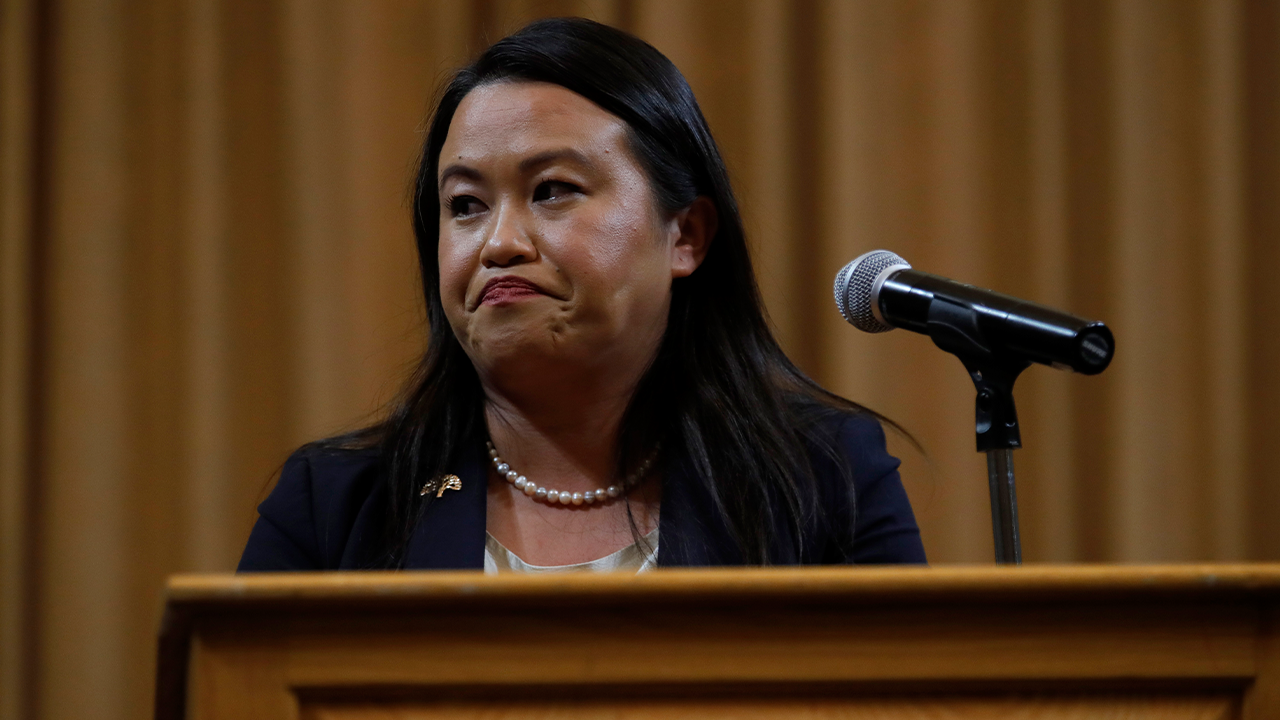
 Politics1 week ago
Politics1 week agoOakland mayor breaks silence after FBI raid: ‘I have done nothing wrong’
-

 News1 week ago
News1 week agoWhere Joe Biden and Donald Trump Stand on the Issues




